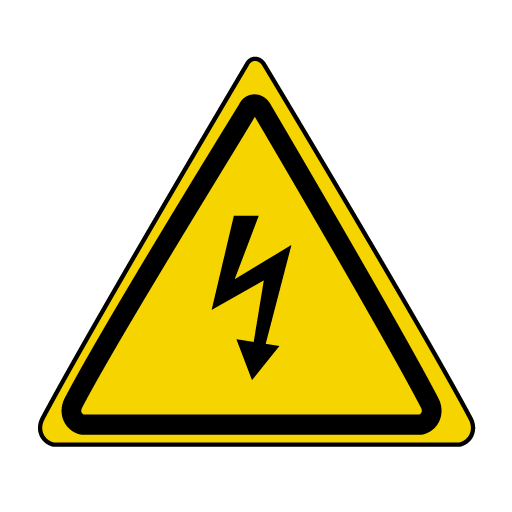General information on charging
Different types of charging
The time it takes for the car's high-voltage battery to charge depends on the power output used and the size of the battery. The 12 V battery is charged at the same time as the high-voltage battery.
AC charging via a wallbox (mode 2)
The car can be charged via a normal wall socket. Suitable as extra charging for electric cars but not recommended for regular charging.
AC charging via a charging station (mode 3)
The charging station can either be equipped with a permanent charging cable or with a socket where a Mode 3 charging cable can be connected. This type of charging is recommended for regular charging.
Fast charging via a charging station (DC charging)
The car supports fast charging with direct current via charging stations that support the CCS (Combined Charging System) standard. A higher charging power can normally be achieved by charging with direct current, and the charging time can therefore be reduced. Highest charging power is normally reached when the battery's state of charge is 0-30%, after that the charging power gradually decreases.
Effect of temperature
The high voltage battery with associated electrical drive systems will work better at the correct operating temperature.
High voltage battery performance may be reduced if the temperature in the battery is too low or too high.
Important
Important to know
Note
Warning
Warning
Exterior audio
When the car is powered by electricity there is an artificial exterior noise in the background. The purpose of this noise is so that road users outside the car, such as children, pedestrians, cyclists and animals, should more easily notice the car and avoid the risk of being run over.
High-voltage current

Warning
Warning
Do not touch anything that is not clearly described in the owner's manual.